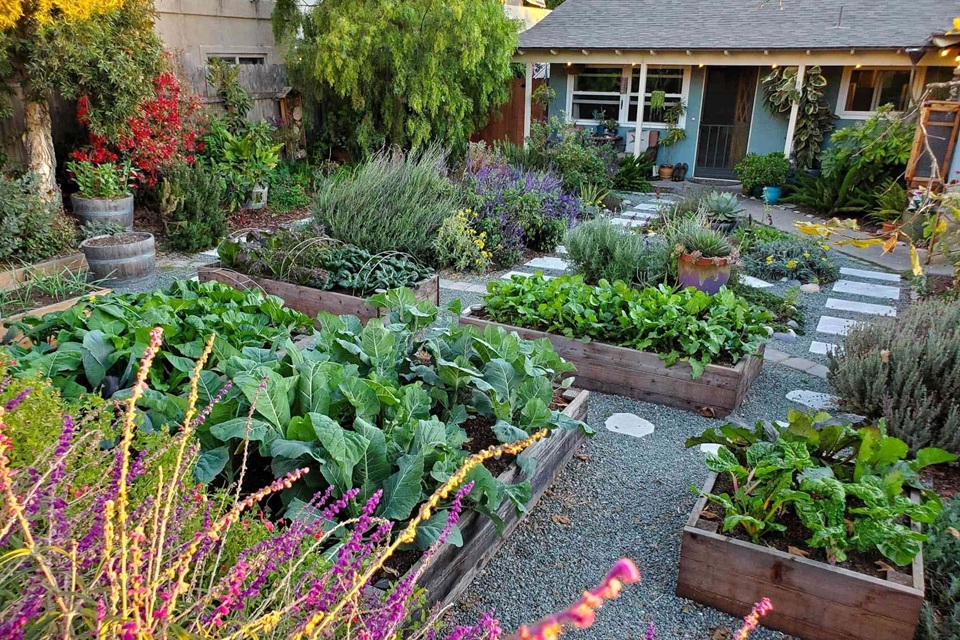The idea of a mini homestead is easy to romanticize. Fresh eggs in the morning. Tomatoes still warm from the sun. A few friendly goats or sheep that graze while you sip coffee on the porch. It’s a good picture, but the reality comes with zoning laws, seasonal chores, and a level of commitment that can surprise new homesteaders. Whether you’re planning to grow food for your family or sell a little extra at the local market, setting yourself up for success means knowing what’s ahead. Here are five things worth thinking through before you trade your manicured backyard for a patch of productive land.
Table of Contents
Know The Rules Before You Buy Land
The first step in making a mini homestead work is finding a property that actually allows you to do what you want. Zoning laws can be surprisingly specific, and some areas that look rural still have restrictions on animals, building sizes, or the types of crops you can grow. If you’ve spotted farm land for sale, don’t assume the listing tells you everything.
You’ll want to dig into the local ordinances, review any deed restrictions, and check whether the land is in an agricultural zone. This matters not just for raising animals but also for things like putting up greenhouses, selling produce, or even adding a shed. It’s worth calling your county’s zoning department before you make an offer. A little research now can save you the headache of buying property that turns out to be better suited for a picnic than a small-scale farm.
Caring For Animals Takes Daily Commitment
Raising animals on a mini homestead is rewarding, but it’s not a “set it and forget it” kind of project. Chickens need clean water and secure housing. Goats will test fences daily. Rabbits need protection from heat and predators. And in the summer, flies and pests can make life uncomfortable for livestock. Plus, animals can get injuries and sores, which means they would need livestock spray or an ointment to treat their wounds.
These details may seem small, but they add up to real time and responsibility. Caring for animals means factoring in morning and evening routines, having a plan for vacations, and budgeting for feed, bedding, and unexpected vet visits. It’s also about observation that includes learning to spot when something’s wrong before it turns into a crisis. A limping sheep, a hen that’s stopped laying, or a drop in appetite can all be early warnings. Healthy, well-cared-for animals are the heart of a thriving homestead, and they need you to show up every day, rain or shine.
Plan Your Growing Season Around Your Climate
Not all crops grow well everywhere, and timing matters. You’ll save yourself frustration by getting to know your region’s frost dates, rainfall patterns, and soil types. A mini homestead is about building a growing plan that makes sense for your area. In cooler climates, you might need to start seeds indoors or invest in season-extending tools like row covers.
In hotter, drier areas, drip irrigation and mulching become essential. Keep in mind that some plants are high-yield but require constant attention, while others are low-maintenance but slower to produce. Thinking about your time, climate, and storage space before you start planting will help you avoid wasted effort and ensure you have fresh food for as much of the year as possible.
Waste Isn’t Waste If You Manage It Well
One of the smartest things a mini homesteader can do is see “waste” as a resource. Kitchen scraps can feed chickens. Manure can be composted into nutrient-rich soil. Leftover plant material can be mulched or tilled under to improve fertility. Managing waste this way keeps your homestead more self-sufficient and saves money on store-bought soil amendments.
The key is having a system. Without a plan, compost piles can turn into smelly messes and manure can become a fly magnet. But with a little structure, like turning your compost regularly and keeping it balanced between green and brown materials, you’ll find that what you once threw away now supports your next season’s harvest.
Tools & Infrastructure Matter More Than You Think
A mini homestead can be done on a budget, but skimping on tools often costs more in the long run. Sturdy fencing, quality garden tools, and weather-resistant housing for animals will save you endless frustration. A good wheelbarrow will outlast three cheap ones. A secure shed means your tools stay dry and last longer.
Even small upgrades like adding rain barrels for water storage or solar lighting near the barn can make everything more efficient. While it’s tempting to buy everything at once, it’s often smarter to start with the essentials, then invest in better tools as you learn what you actually need.


